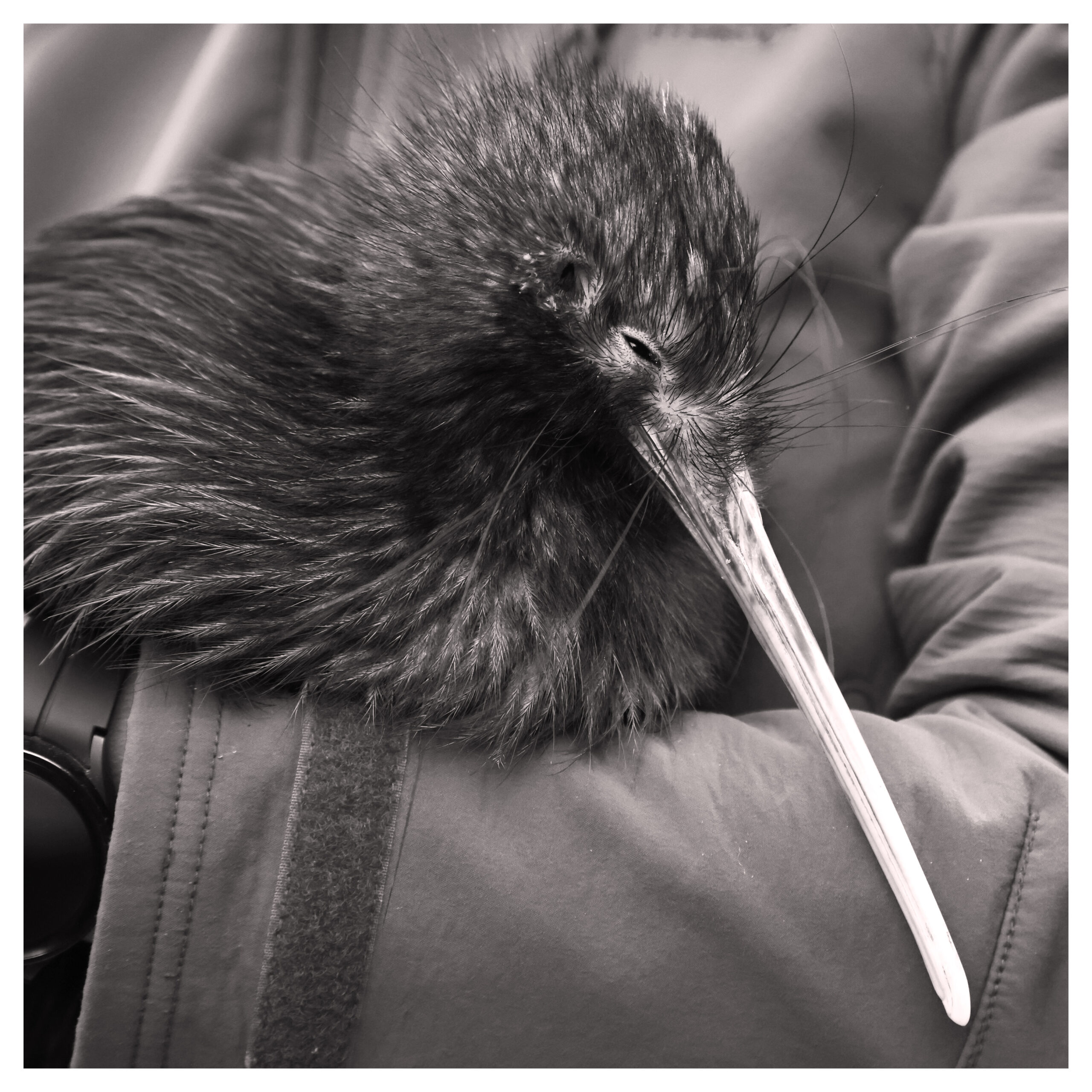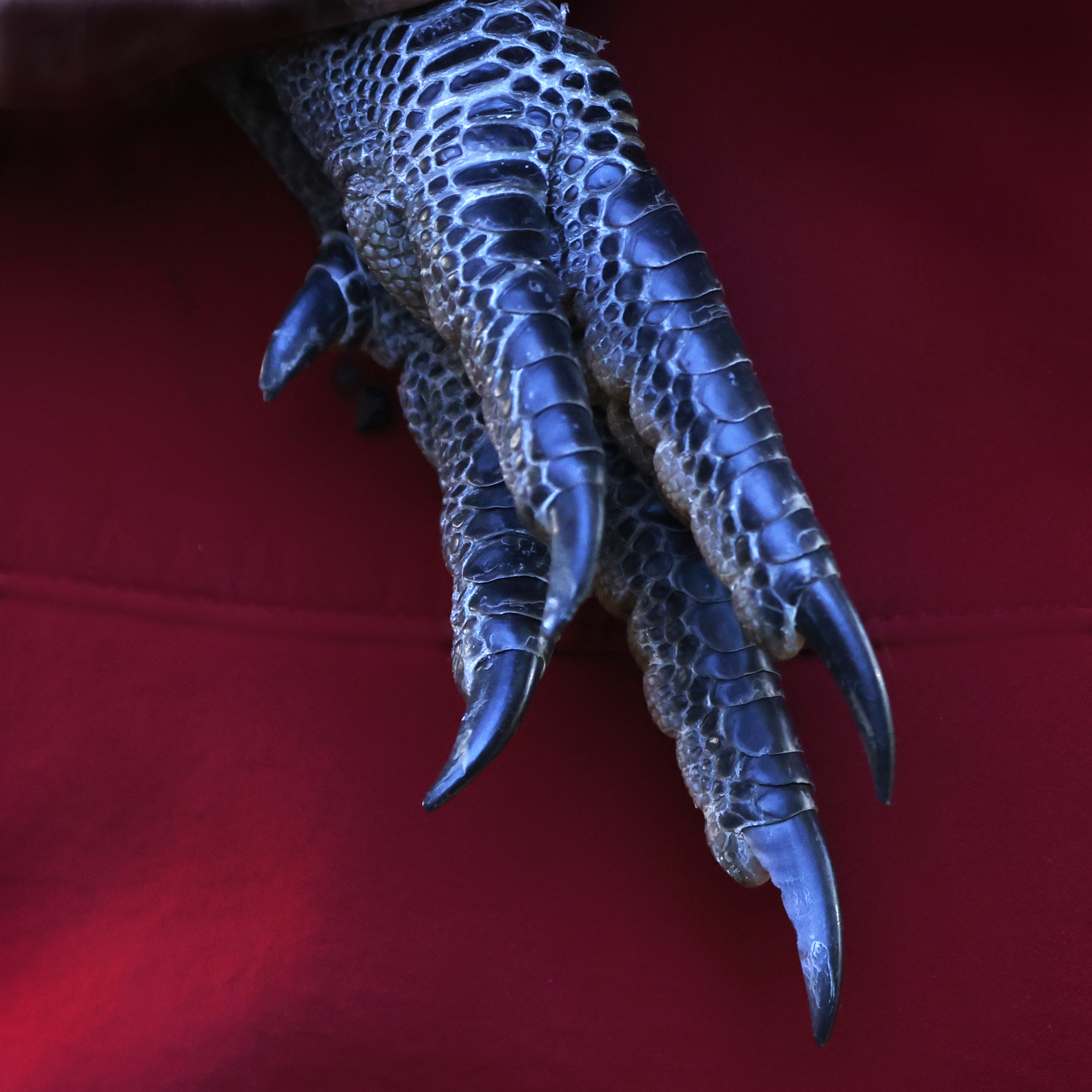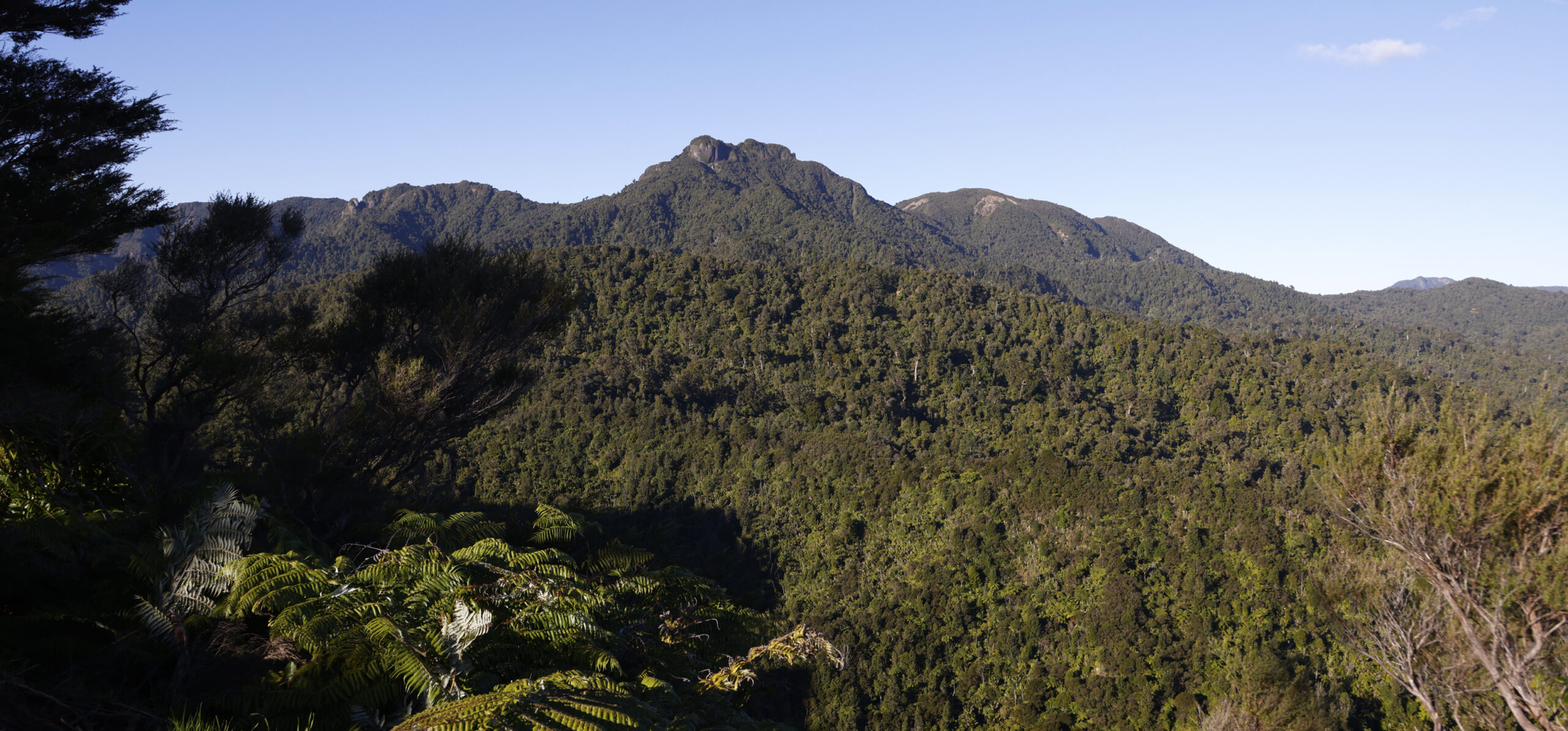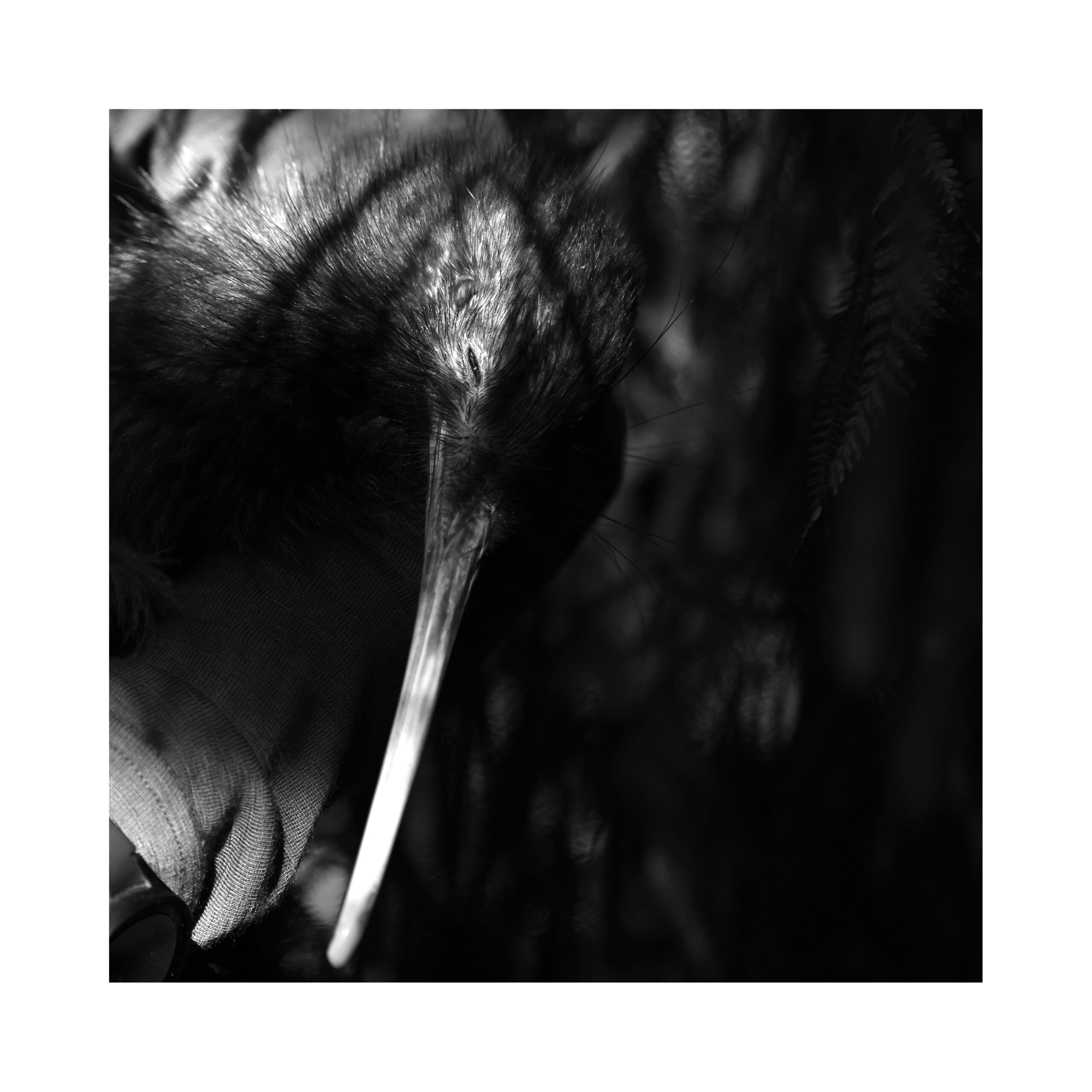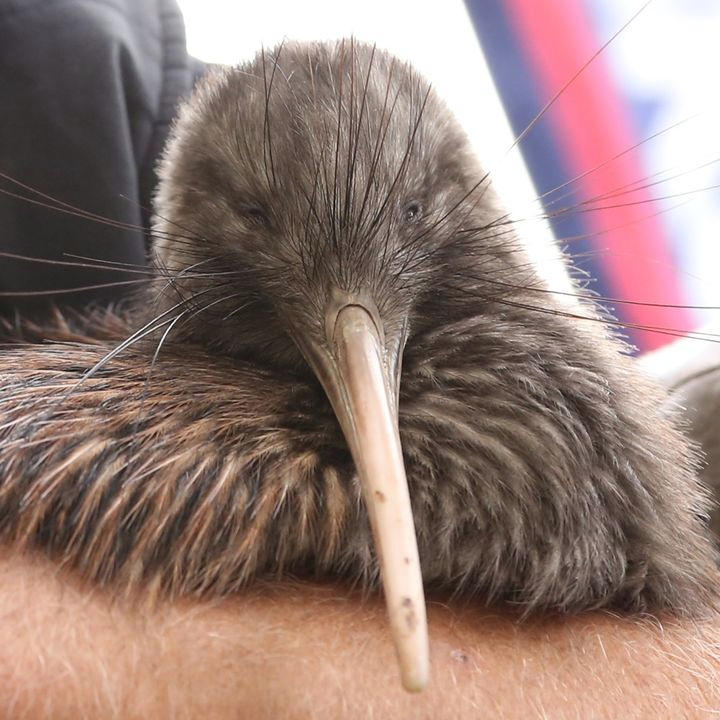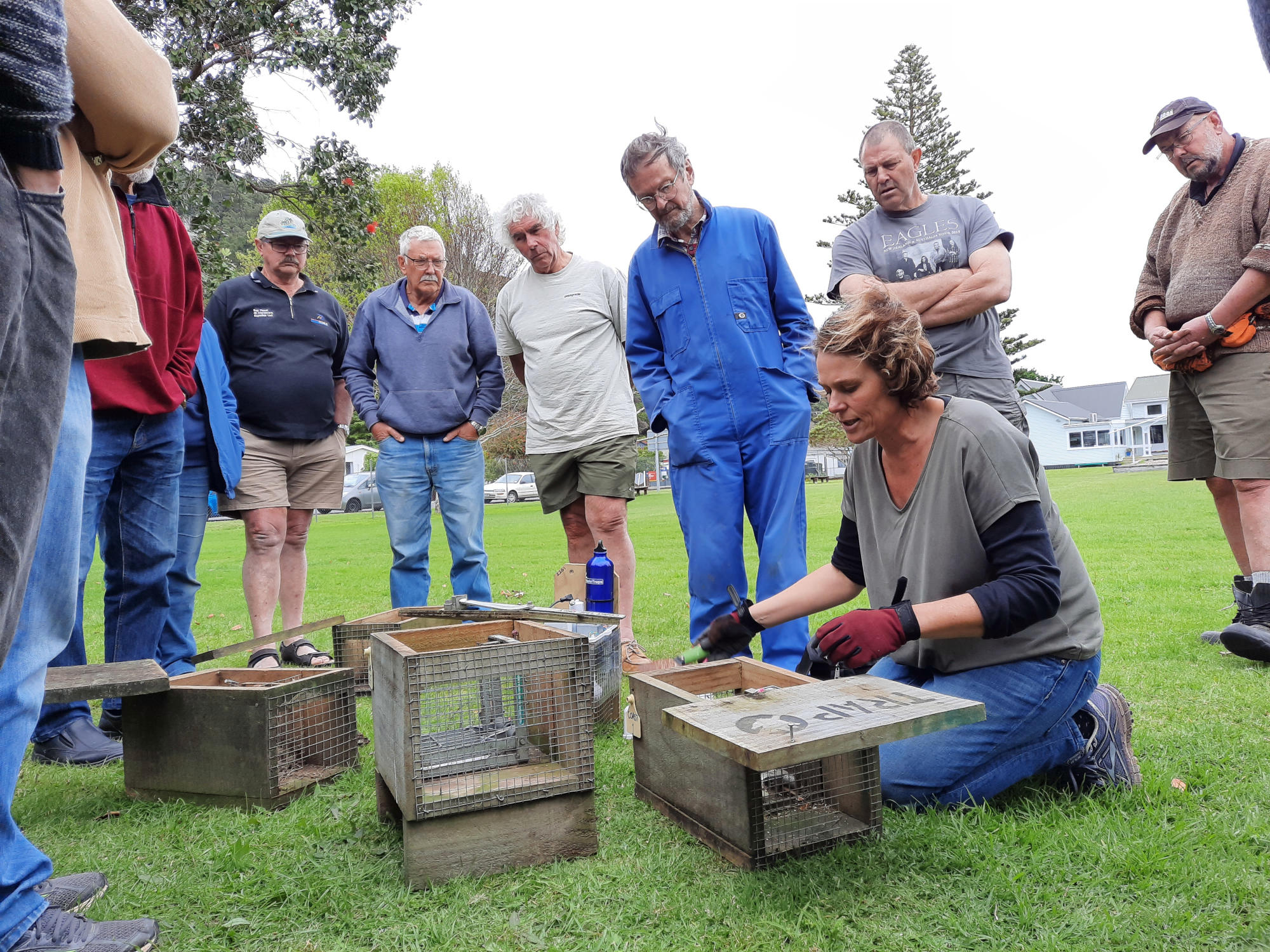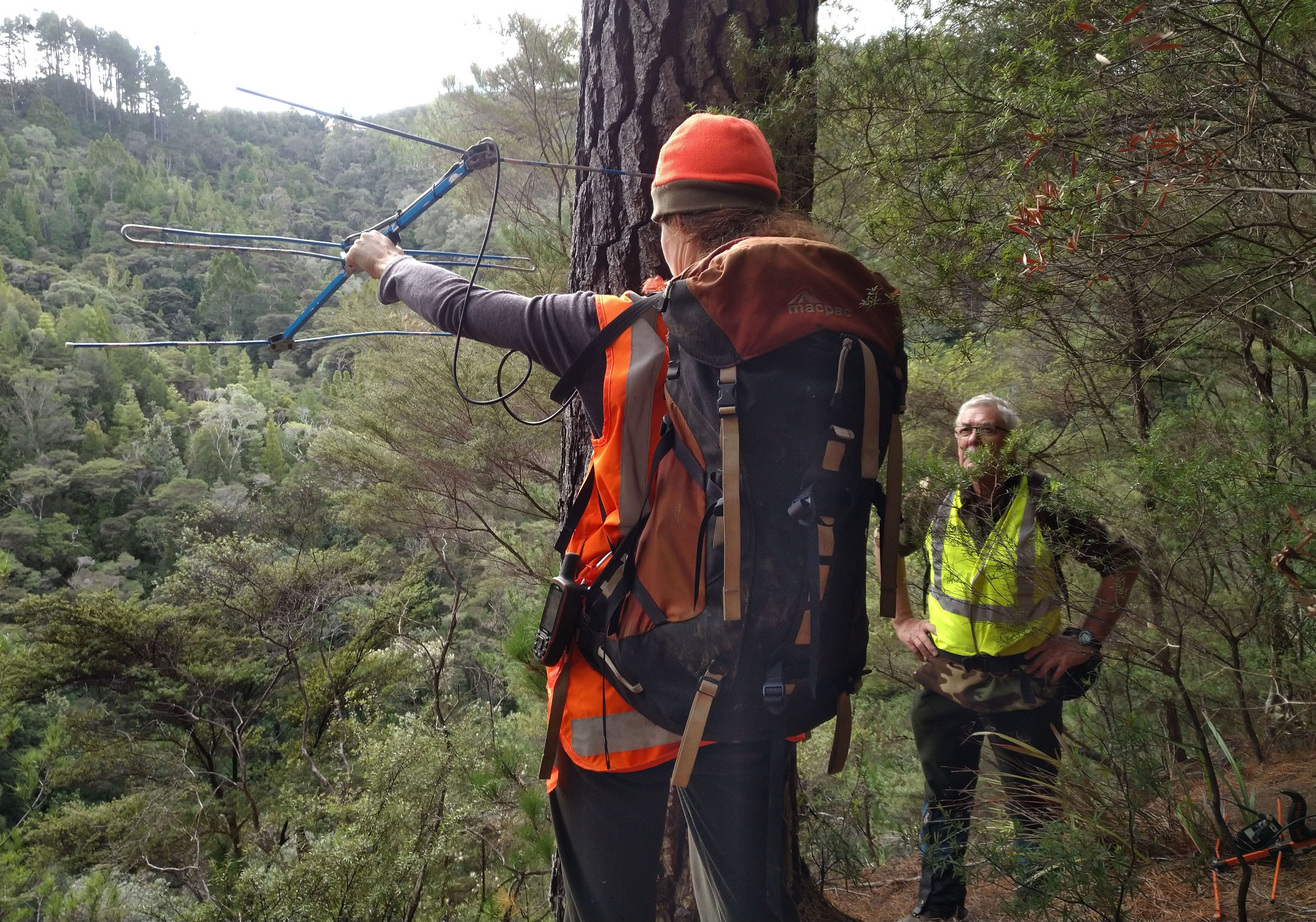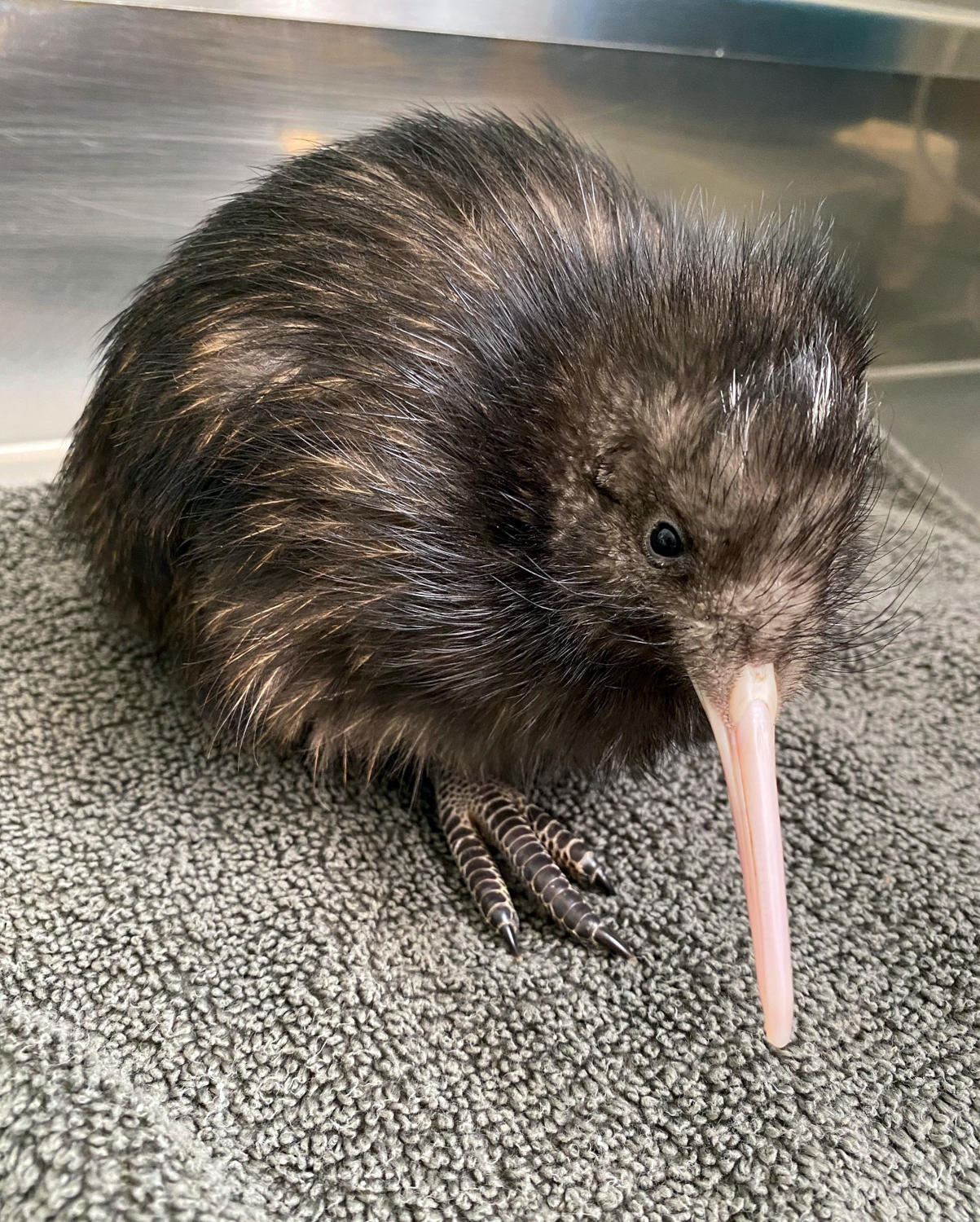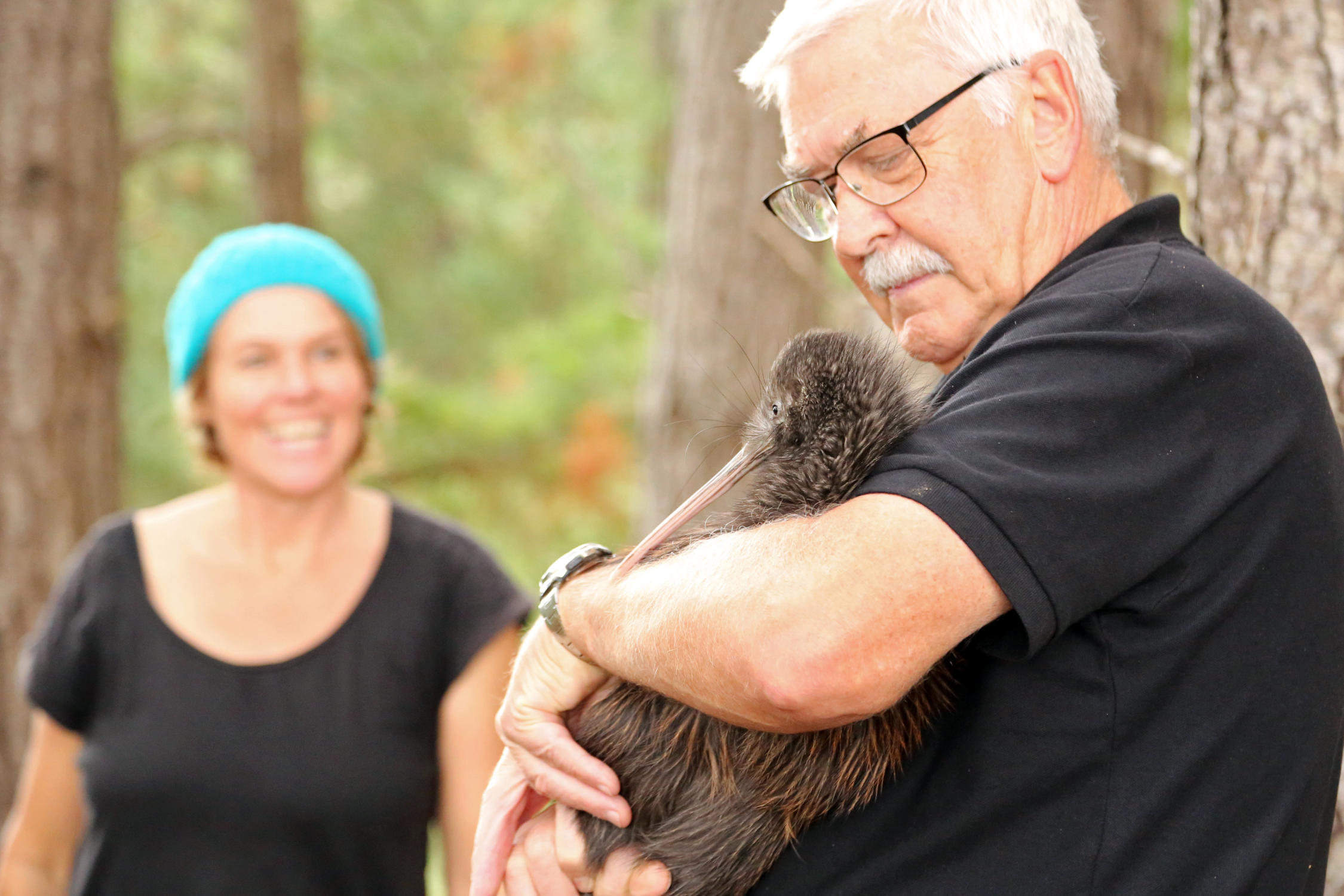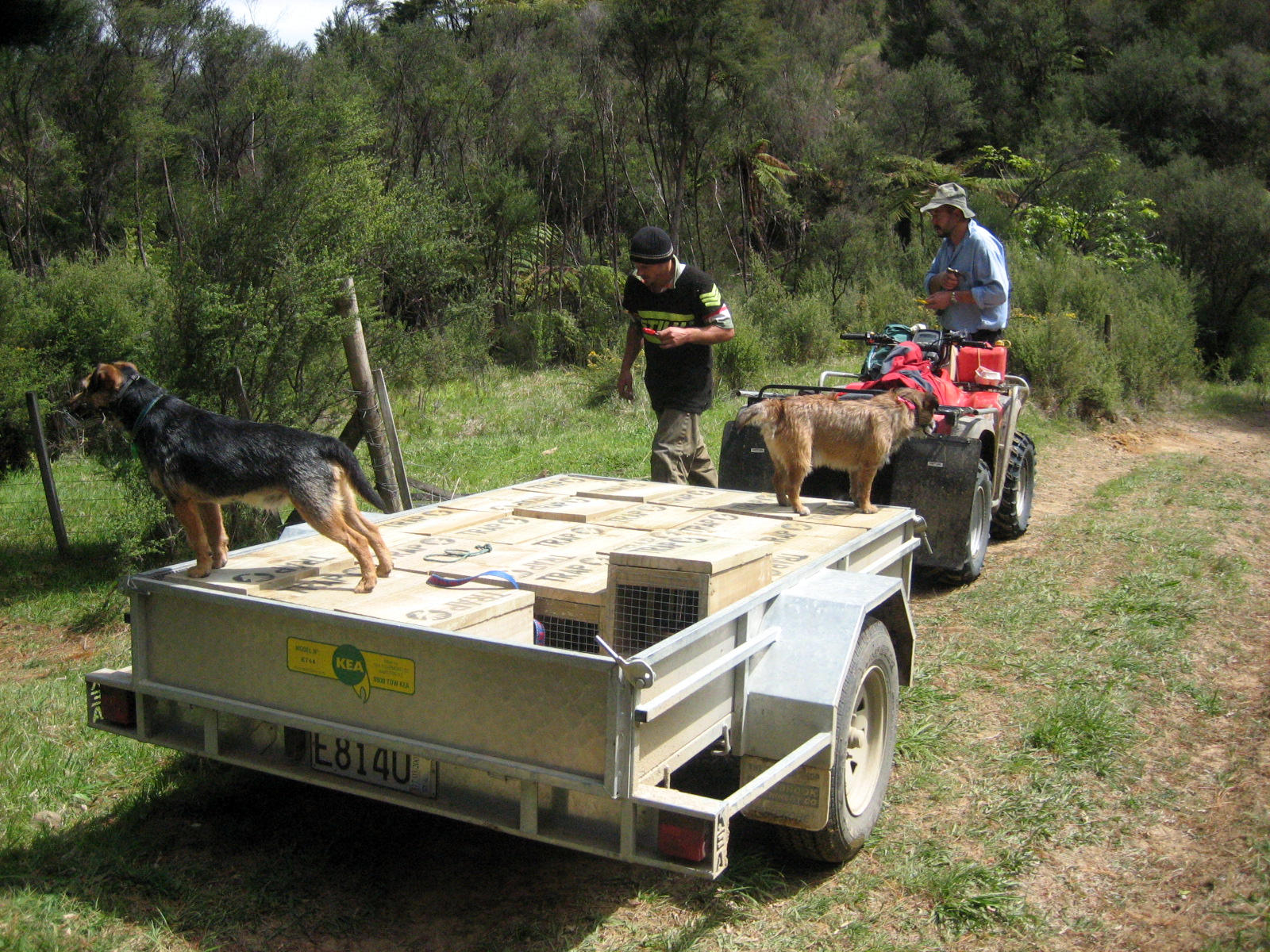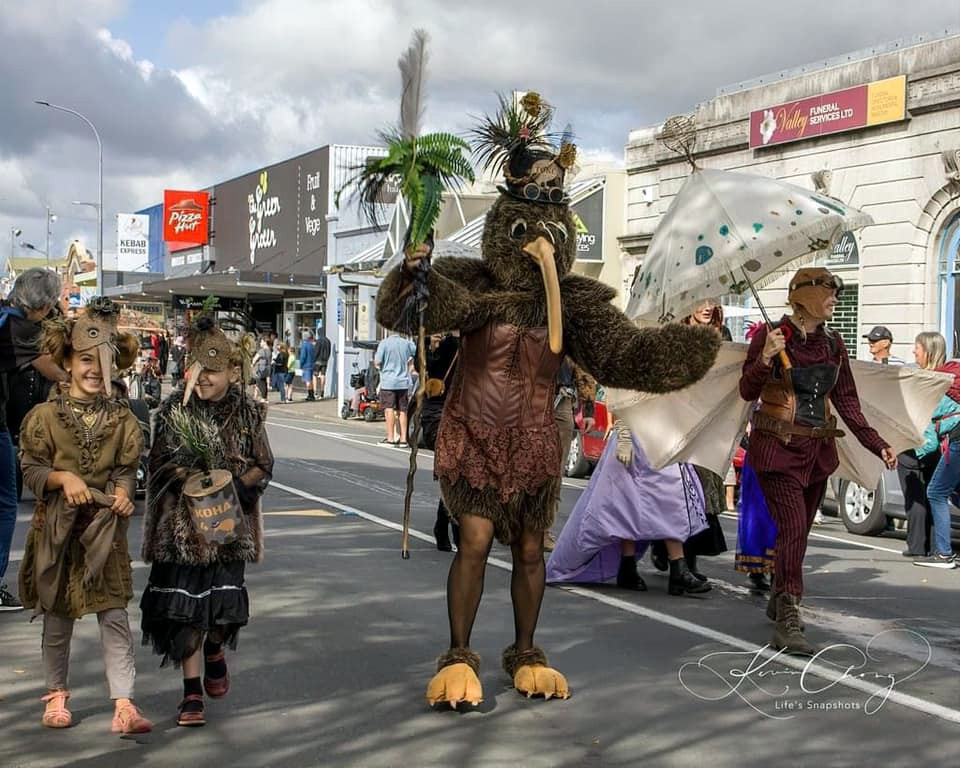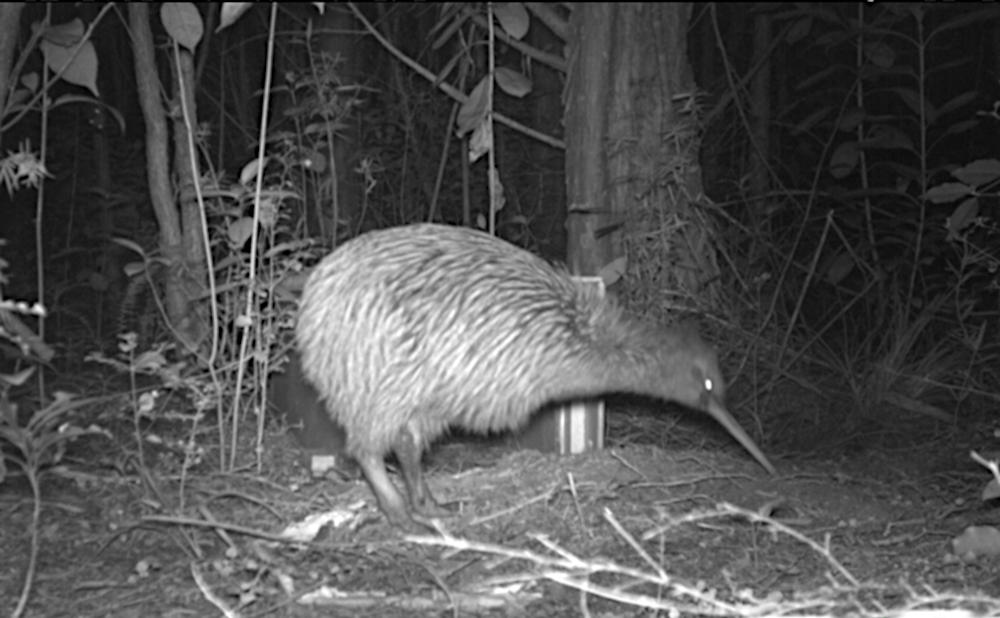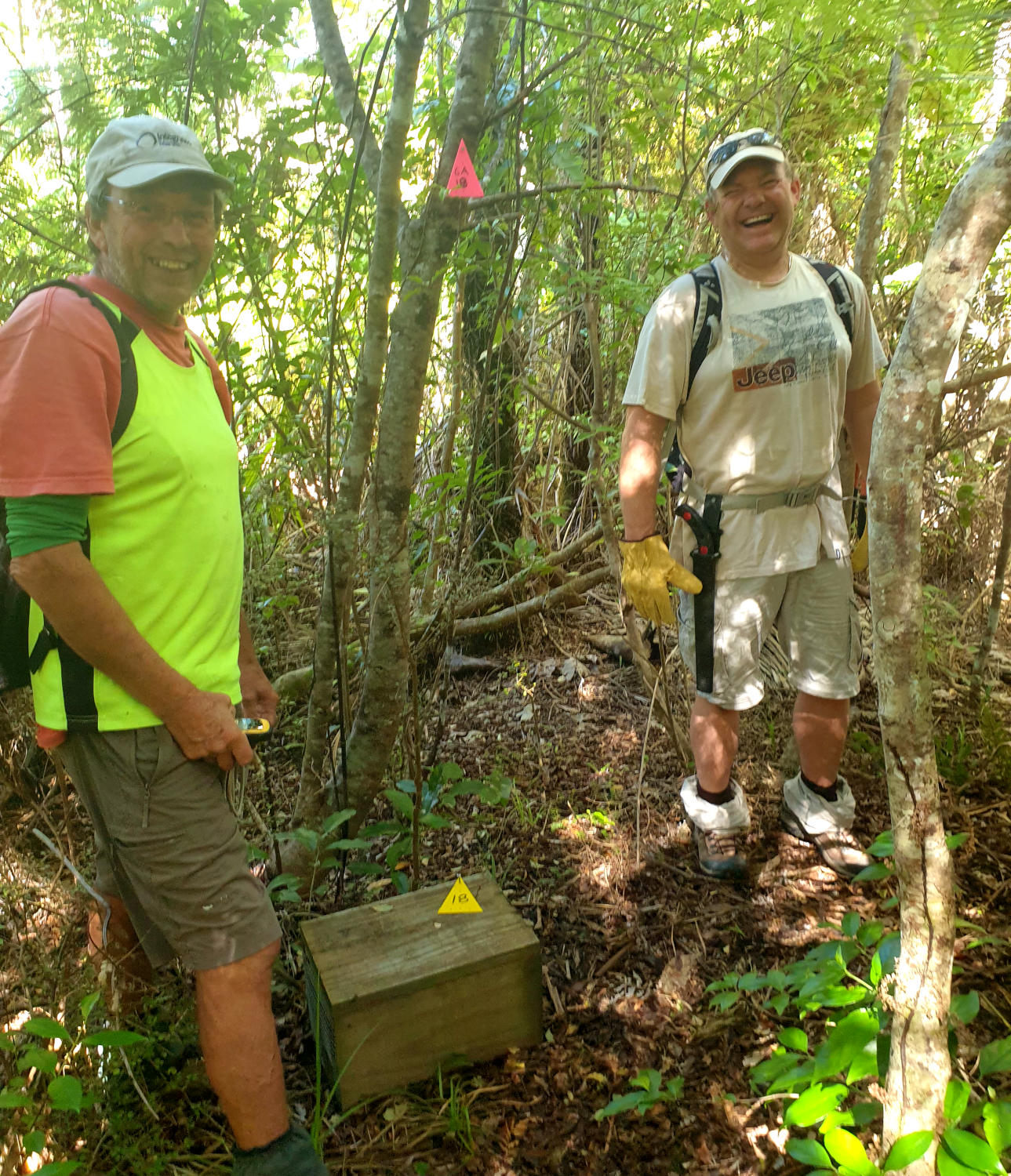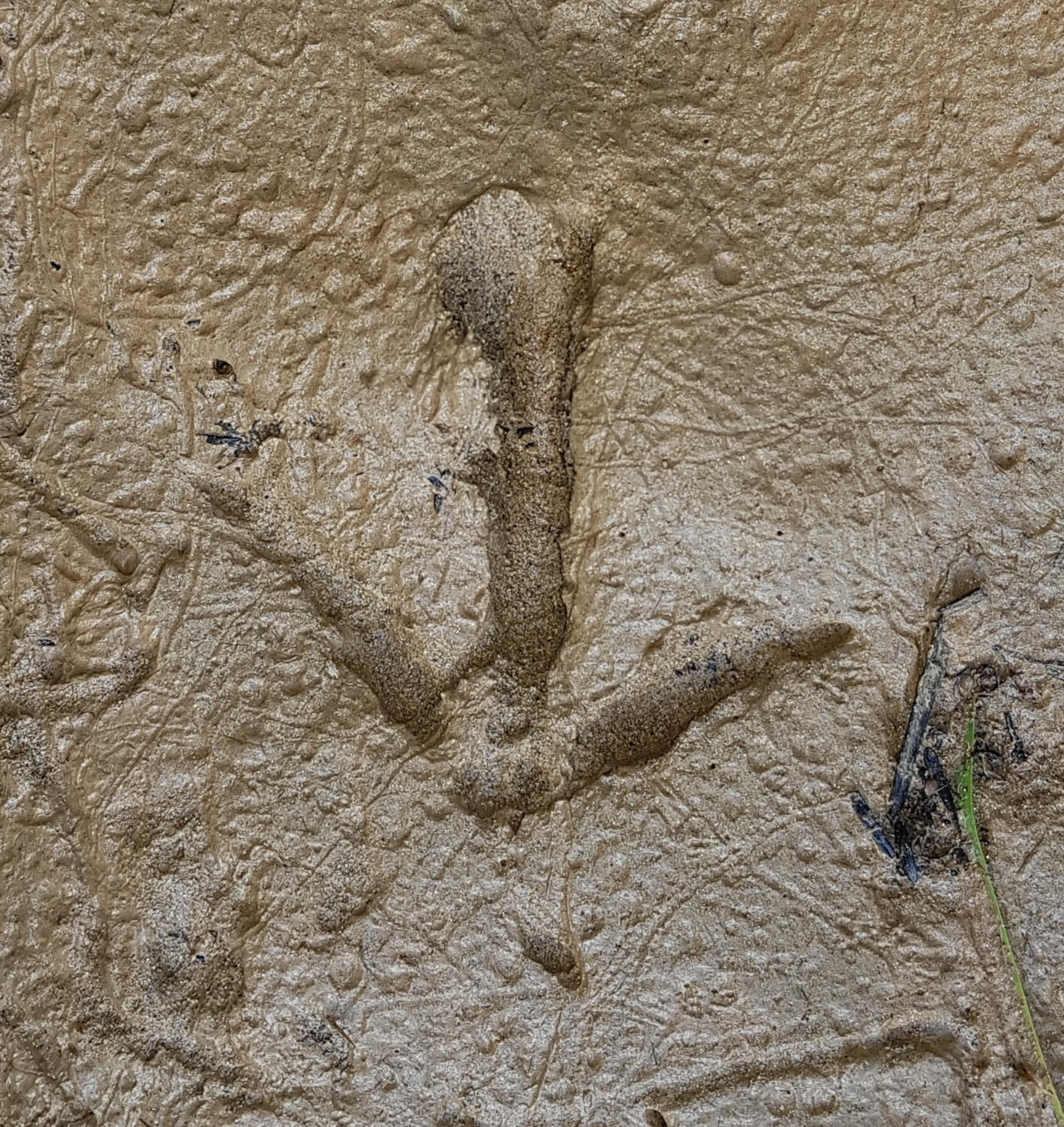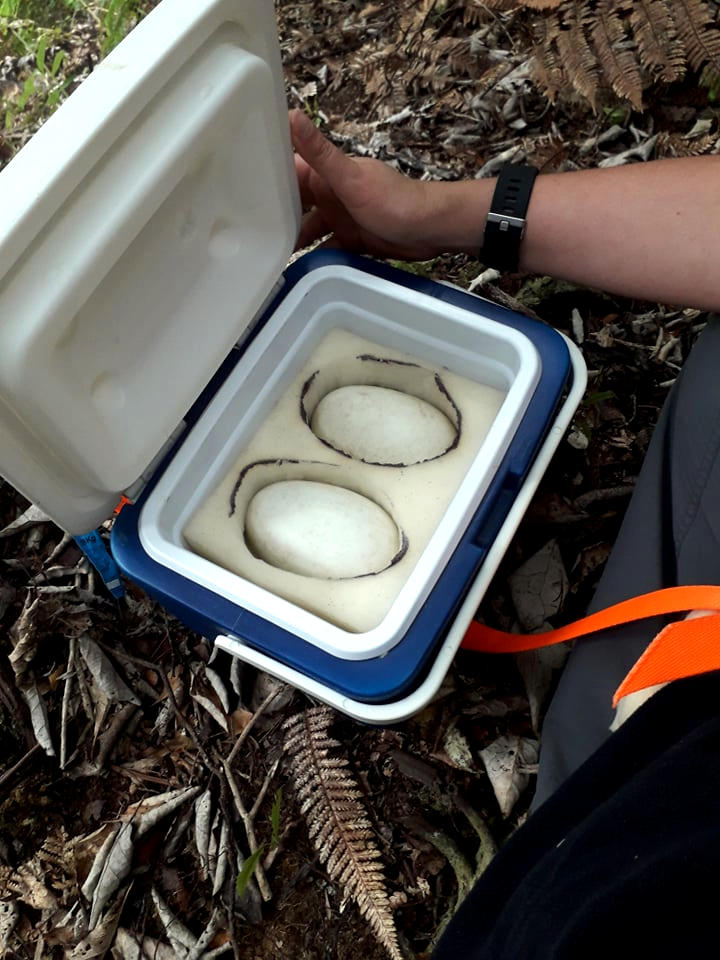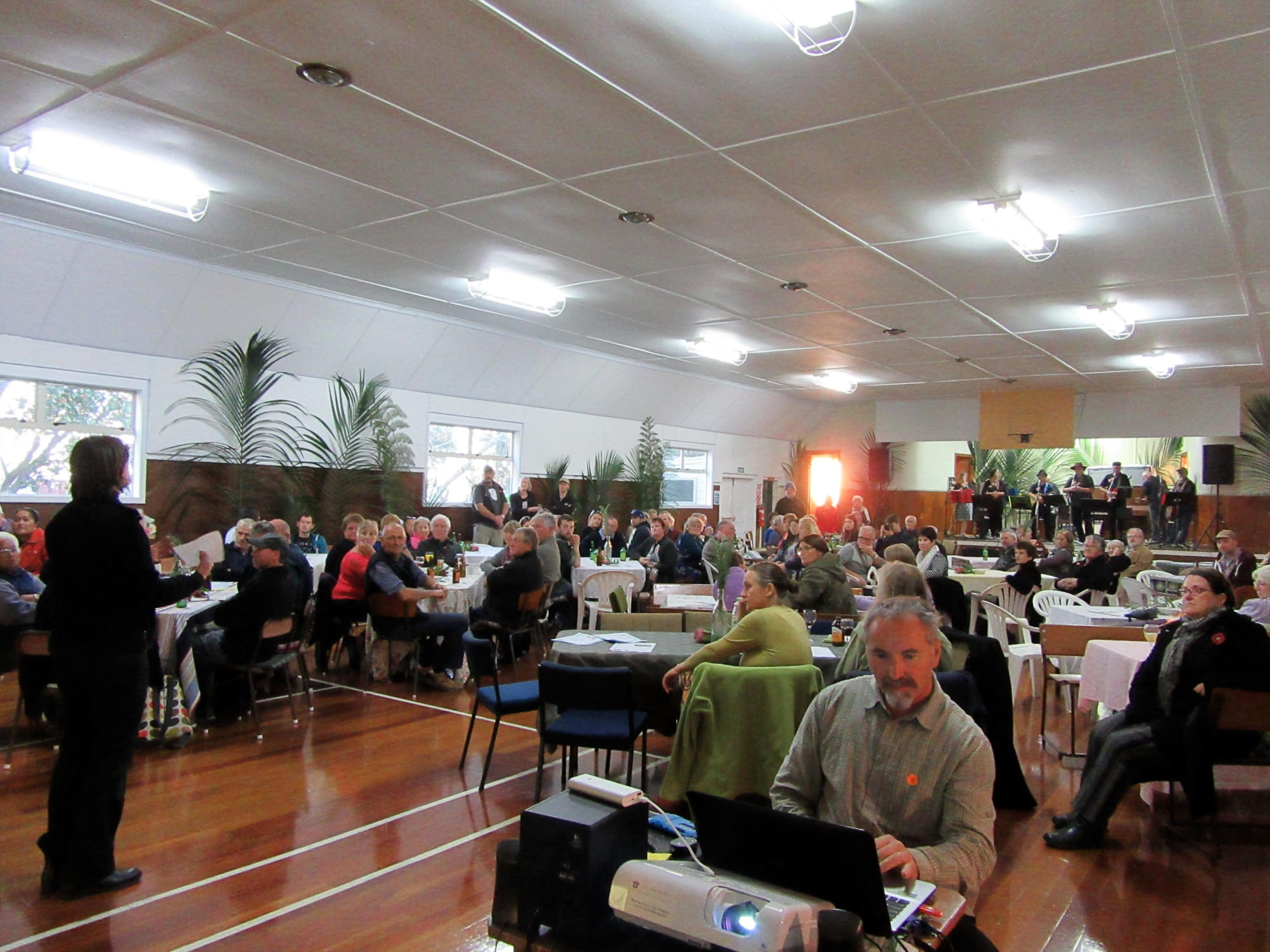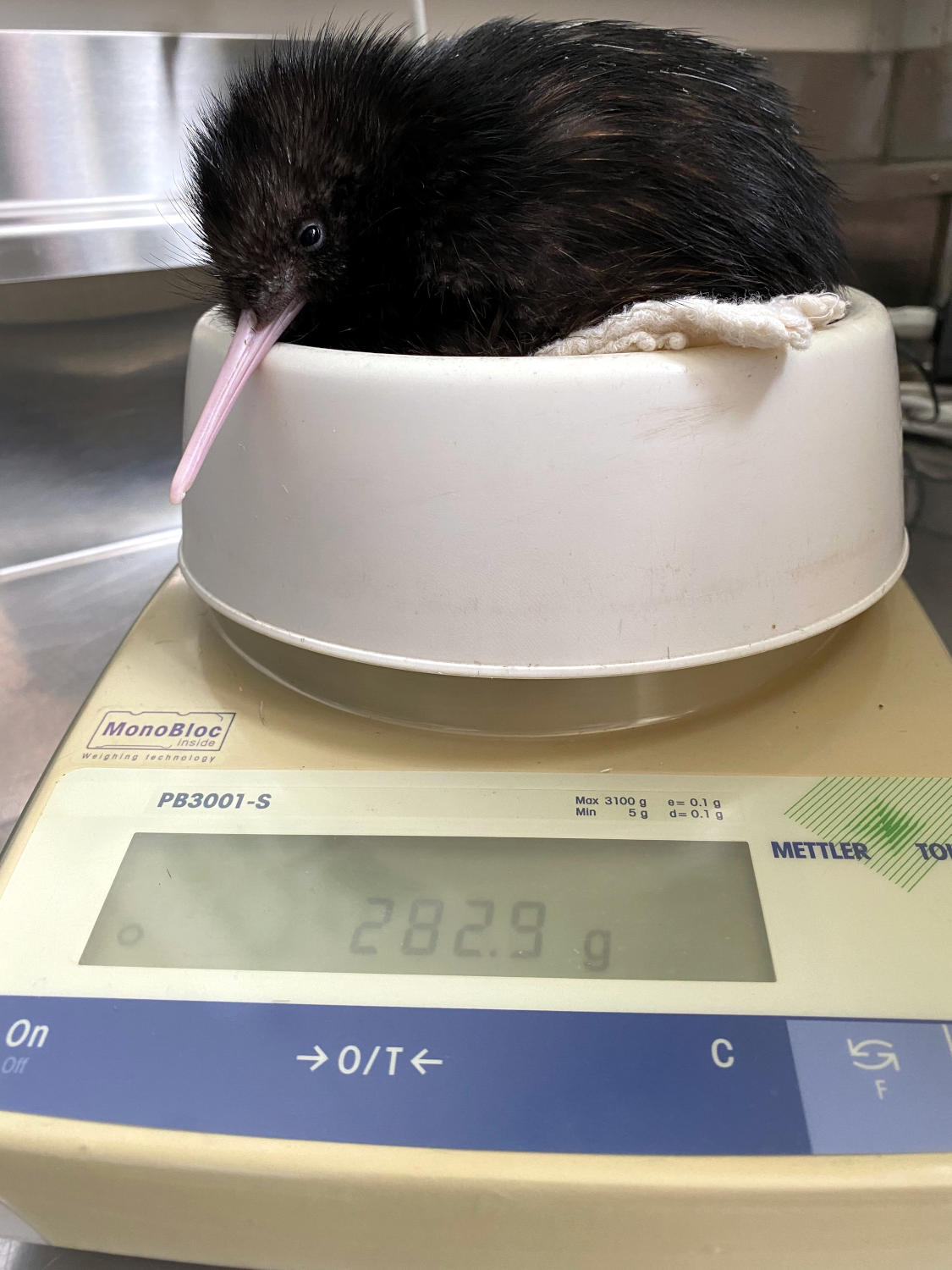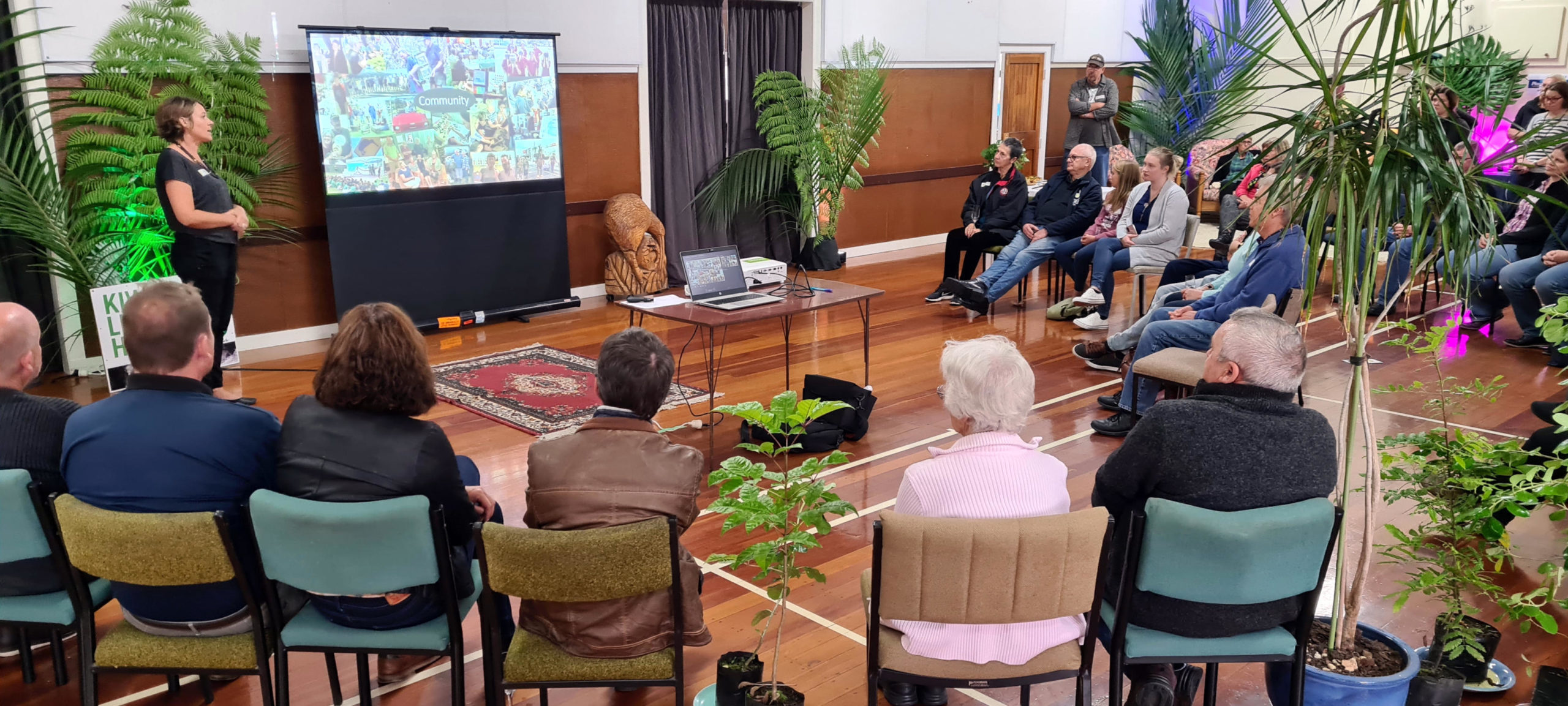On the Thames Coast, around 20 years ago, vigilant locals knew that the local kiwi population was on the verge of collapse. Thames Coast Kiwi Care was formed in 2006 with the mission: “To protect and enhance kiwi populations on the Thames Coast”.
We wanted to ‘hear kiwi calling from backyards again’. This dream has become reality as Te Mātā and Tapu locals are reporting a significant increase in kiwi foot prints, calls and also sightings over the past few years.
We now have around 350 kiwi in our recovery area!
This is an incredible achievement by our community, with essentially ten times the 2006 kiwi population now present locally.
Monday the 26th January 2026 with Christine Friis @ Tapu.
Sign your dog up today! Funded by TCKC for local dogs.
Capacity for up to 40 dogs from the Te Mātā, Tapu, and Waikawau areas, including dogs visiting these areas during the holiday period.
Dogs from outside these areas we are asking for $15 koha per dog.
Registrations here:
https://www.kiwiavoidancetraining.nz/book
As in the pic, this is the reaction we want to see from a dog in training. Little Pip doesn’t want anything to do with that kiwi!
ANY dog big or small can kill a kiwi – please book your training today, it only takes about 10 mins per dog.
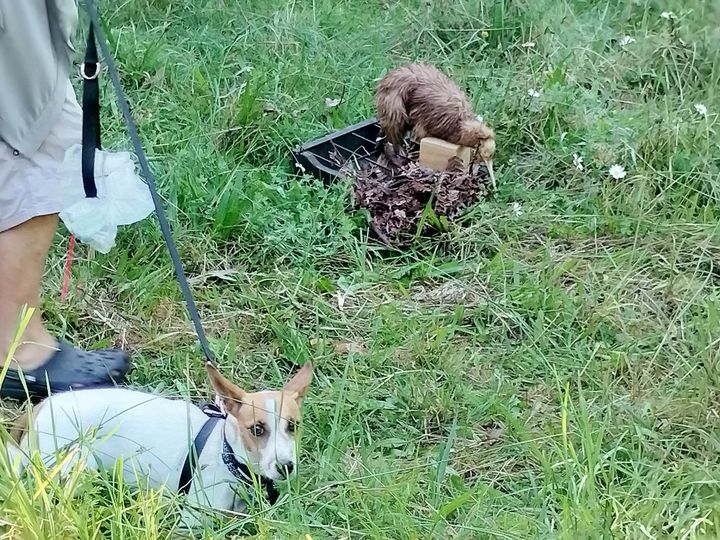
We’re thrilled to share a short trail camera compilation from the burrow of sires Taringamā and his family. It captures adorable moments from their lives but also worrying has some unwanted cameo appearances from you know who.
This hexmap represents real-time trapping data from our project area. The more red the colour, the higher the number of catches or density of traps.
You can mouse-over the hexagons for breakdowns on species catches. You can also use the top left red menu buttons to display subsets of data: by project, species or trap.
Massive thanks to the smart people at Groundtruth and Trap.NZ for this amazing resource!
Our scope has expanded from solely protecting kiwi to a “whole of habitat” approach. Our updated mission is:
To work with our community to restore the habitat so kiwi and other native species thrive.
Thanks to substantial funding provided by the Waikato Regional Council’s Natural Heritage Fund we have also been targeting rats and possums in the project area since 2023. These self-setting AT220 traps work continuously each night, extending the existing DOC200 trap lines that focus primarily on mustelid control and providing a buffer zone to public conservation land. Trap lines are checked and maintained each month by our Rat and Possum Project Leader, and also our dedicated team of volunteer trappers that undertake their fortnightly DOC200 checks.
The trap design and the servicing of the AT220 traps is leading to great successes. In early 2025 we have approximately 200 traps working and almost 4000 possums have been removed protecting our native flora and fauna. In the next year we plan to set another 90 self-setting traps
Running alongside the active pest trapping are bird surveys, to help gain an understanding of the existing biodiversity of NZ birds in our project area. We hope to collect data on how the control of rats and possums can help bring about an increase in both bird numbers and also the range of bird species recorded in the project area.
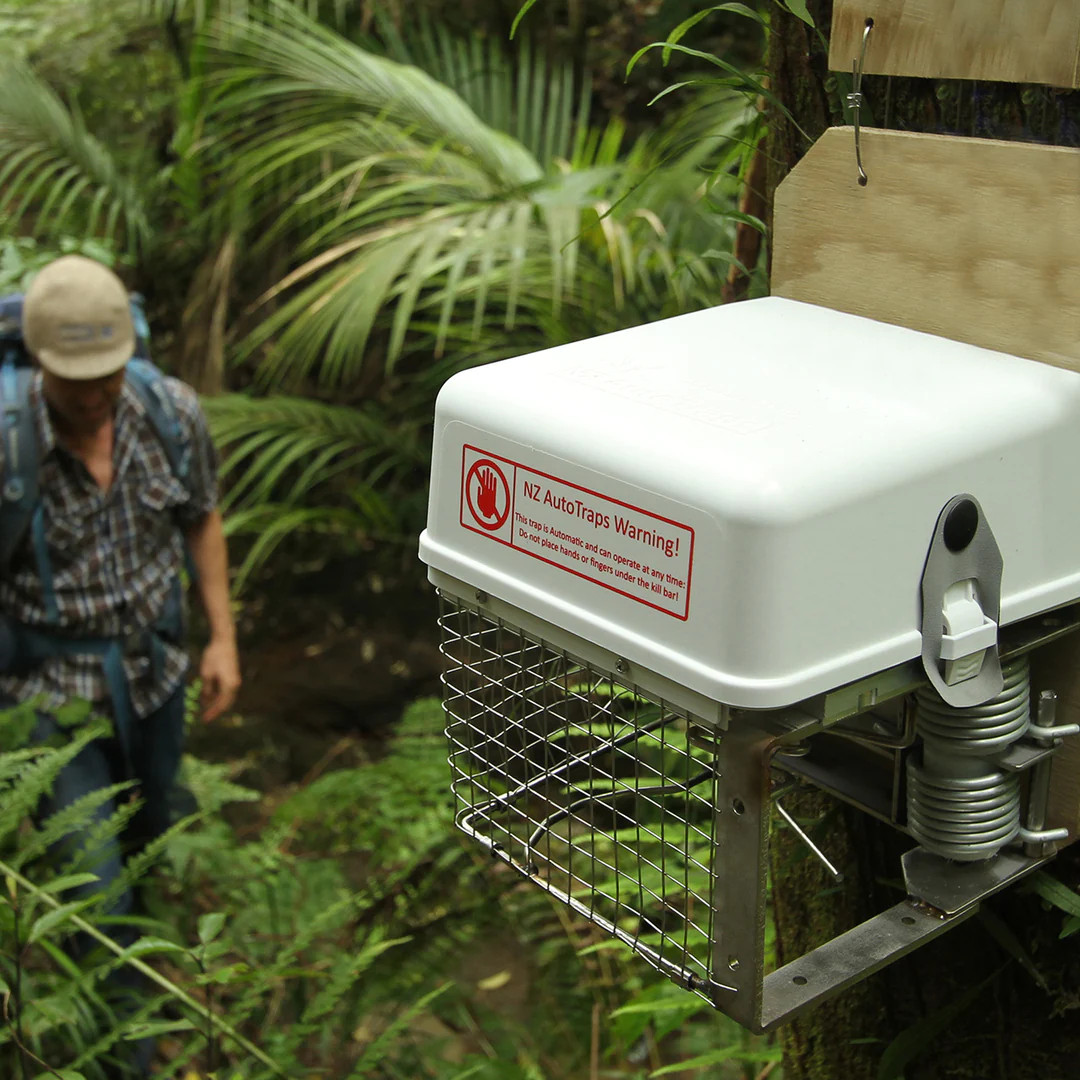
In early 2025 we installed three listening devices that all confirmed the presence of our precious pekapeka tou roa, native long tailed bats. They have the highest threat ranking of Nationally Critical and effective predator control is essential to their survival as well.
This is a new focus for us to raise awareness and add additional protection for New Zealand’s only native land mammal that is critically endangered.
Watch this space!
Want to know more about these fascinating creatures? Visit the great New Zealand Geographic for a brilliant article: ‘Bat Signals’ by Jonathan Carson. Photographed by Rob Suisted.









